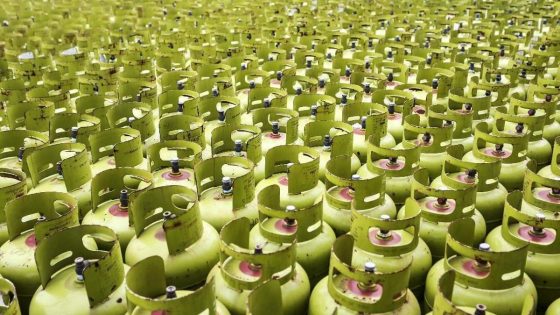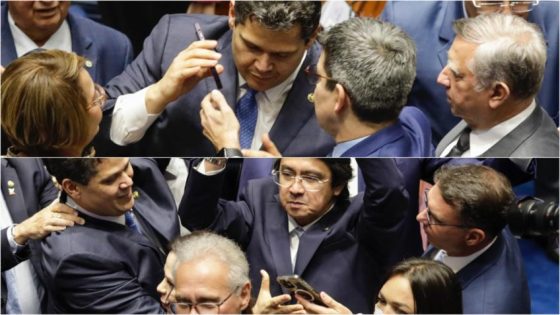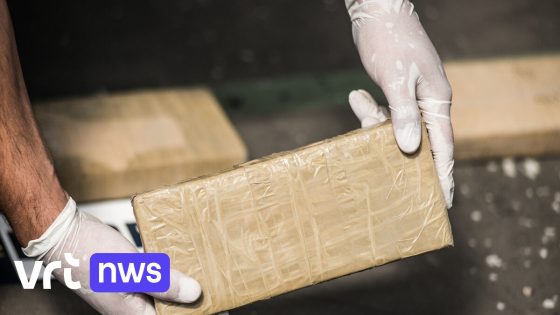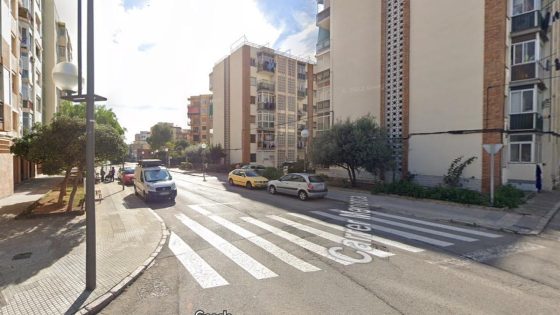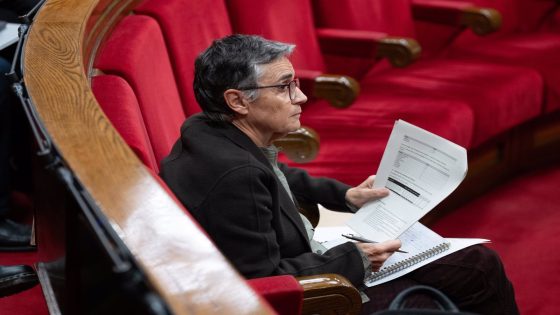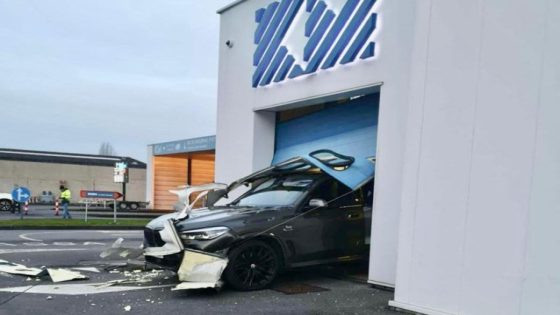In Jakarta, the recent requirement for buyers to provide a photo of their KTP (ID card) when purchasing LPG 3 kg has sparked confusion among agents. Many are questioning the purpose of this new rule and how it will be implemented effectively. What does this mean for consumers and suppliers alike?
- Agents question KTP photo requirement for LPG purchase.
- Confusion arises over new KTP regulations.
- Concerns about potential misuse of KTP data.
- Limited staff complicates compliance for agents.
- New policy restricts LPG sales to retailers.
- Aim to improve energy subsidy distribution.
Jakarta’s New LPG Purchase Rules: What You Need to Know
Why are these new rules causing such a stir? The government aims to ensure that energy subsidies reach the right people, but the implementation has left many in the dark. Agents like Dwi and Reni express concerns about the practicality of collecting KTP photos and the potential for misuse.
Understanding the Impact of KTP Requirements on LPG Purchases
The recent policy changes are designed to improve the distribution of subsidized LPG. However, agents are struggling to adapt to these new requirements. Here are some key points to consider:
- Agents must now collect KTP photos from buyers.
- Concerns exist over potential misuse of KTP data.
- The process may disadvantage smaller households.
- Agents lack a clear system for managing collected data.
Challenges for Agents in Implementing New LPG Rules
Agents like Dwi and Reni highlight the difficulties they face under the new regulations. With limited staff and resources, they find it challenging to manage the KTP collection process. This raises questions: How will small businesses cope with these added responsibilities? Will consumers face delays in obtaining LPG?
Consumer Reactions to the LPG KTP Requirement
Many consumers are unaware of the new KTP requirement, leading to frustration and confusion. As agents attempt to enforce this rule, they risk alienating customers. What can be done to improve communication and ensure a smoother transition?
In conclusion, while the intention behind the new LPG purchasing rules is to enhance the efficiency of subsidy distribution, the execution has left many agents and consumers puzzled. Clear guidelines and better communication are essential for a successful implementation.



